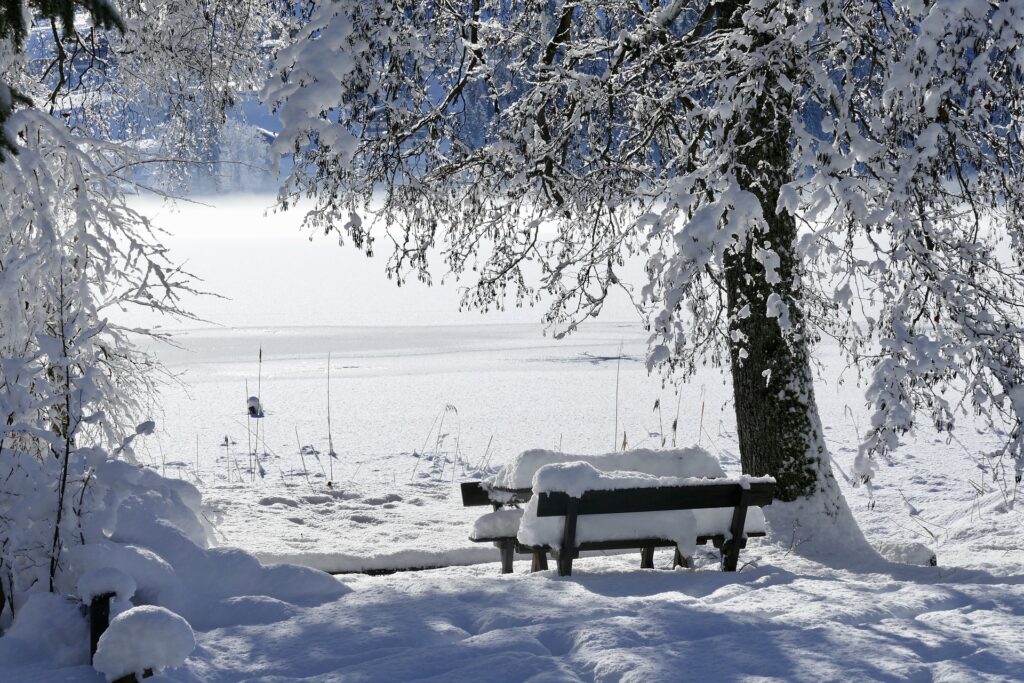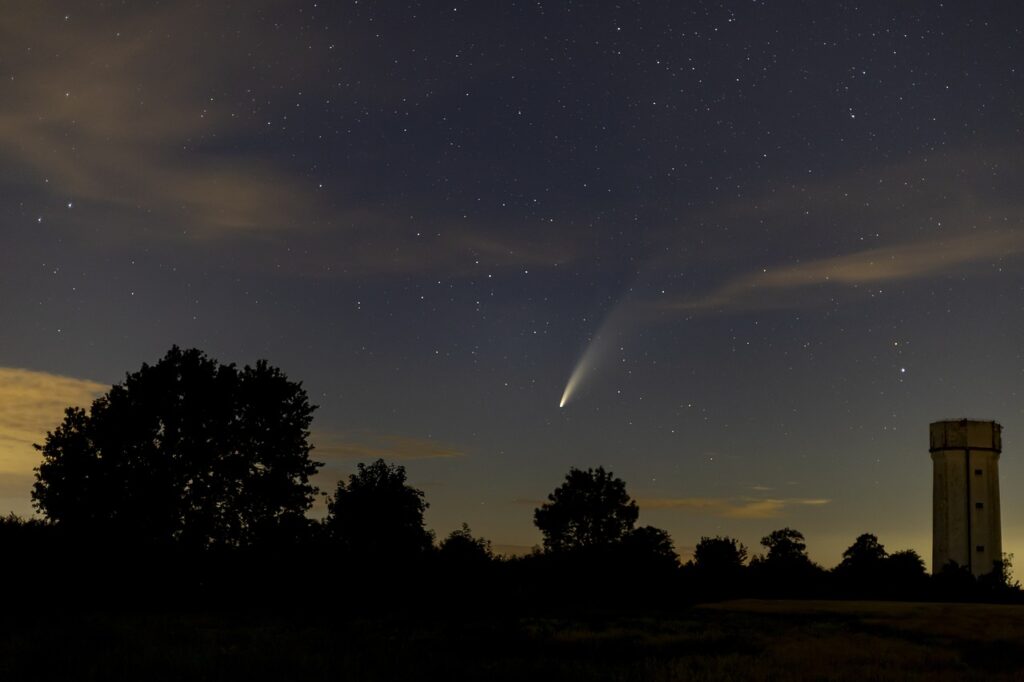Austria, known for its alpine landscapes, lush forests, and temperate climate, is facing an alarming shift in its weather patterns. Recent summers have brought severe heatwaves, with temperatures soaring to unprecedented levels. This disturbing trend is not just a random anomaly but a clear manifestation of the global climate crisis. The cause of these severe hot temperatures in Austria is multifaceted, rooted primarily in human-induced climate change, exacerbated by local and regional factors.
The Role of Global Climate Change
At the heart of Austria’s extreme heat is the broader context of global climate change. The burning of fossil fuels, deforestation, and industrial activities have led to a significant increase in greenhouse gases, particularly carbon dioxide, in the Earth’s atmosphere. This buildup traps heat, leading to a rise in global temperatures—a phenomenon commonly known as global warming. The Intergovernmental Panel on Climate Change (IPCC) has consistently warned that the frequency and intensity of heat waves will continue to escalate unless global carbon emissions are drastically reduced.
Like many other European countries, Austria is experiencing the direct consequences of this global trend. In the summer of 2023, temperatures in parts of the country exceeded 38°C (100°F), breaking records and triggering health warnings. These temperatures are not just uncomfortable but dangerous, leading to heat-related illnesses and straining the country’s health infrastructure.
The Alpine Effect
Austria’s geographical location adds another layer of complexity to the issue. The Alps, which cover a significant portion of the country, are particularly sensitive to temperature changes. The mountain range acts as a natural barrier, affecting local weather patterns. As global temperatures rise, the Alps are experiencing a faster warming rate than lower-lying areas. This accelerated warming contributes to glacier melting, reduced snowfall, and longer, hotter summers.
The loss of snow and ice in the Alps not only diminishes the reflective surface that helps cool the region but also leads to changes in the hydrological cycle. With less snow and ice, less water evaporates, reducing the cooling effect usually provided by evaporation. This creates a feedback loop, where warmer temperatures lead to more ice loss and even warmer temperatures.
Urban Heat Islands and Land Use Changes
Urbanization and changes in land use also significantly contribute to exacerbating heat in Austria. Cities like Vienna and Graz are particularly vulnerable to the “urban heat island” effect, where concrete and asphalt absorb and retain heat, leading to higher temperatures than surrounding rural areas. The expansion of urban areas at the expense of forests and green spaces has further amplified this effect, reducing the natural cooling provided by vegetation.
Furthermore, Austria’s agriculture sector is also under stress. The changing climate has led to droughts and altered precipitation patterns, affecting crop yields and water resources. Farmers are increasingly struggling with the weather’s unpredictability as traditional farming practices become less viable under these new conditions.
The Path Forward
Addressing the cause of severe hot temperatures in Austria requires immediate and long-term actions. On a global scale, Austria must continue to advocate for and participate in international efforts to reduce greenhouse gas emissions. The European Union’s Green Deal, which aims to make Europe the first climate-neutral continent by 2050, is a critical framework that Austria should fully support and implement.
Locally, more robust adaptation strategies are needed. This includes investing in green infrastructure in urban areas, such as planting more trees and creating green roofs, which can help mitigate the urban heat island effect. Promoting sustainable agriculture practices and water conservation measures will also be crucial in ensuring food security and water availability in a changing climate.
Public awareness and education are also crucial. Austrians need to be informed about the realities of climate change and the steps they can take to reduce their carbon footprint. Individuals can contribute to the solution by encouraging energy efficiency, promoting public transportation, and supporting renewable energy sources.
Conclusion
Austria’s severe hot temperatures are a stark reminder of the global climate crisis unfolding. The causes are transparent and rooted in human activities that have disrupted the delicate balance of our planet’s climate system. The challenge now is to take bold and decisive action to mitigate further climate change and adapt to the new realities it brings. With its rich environmental stewardship history, Austria is well-positioned to lead by example. The time to act is before the beautiful landscapes and livable climates we cherish are irreversibly altered.
- Hector Pascua/picture: Image by Yvonne Huijbens from Pixabay
This post has already been read 6636 times!



